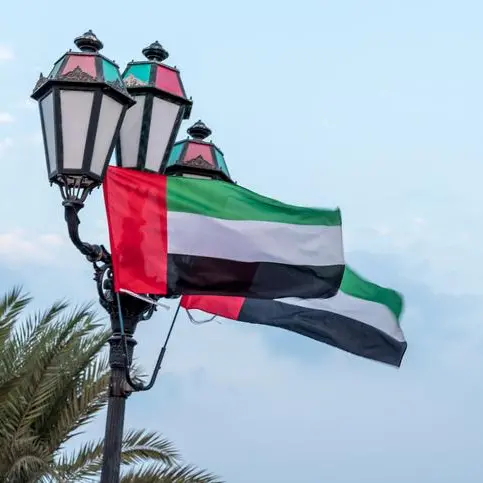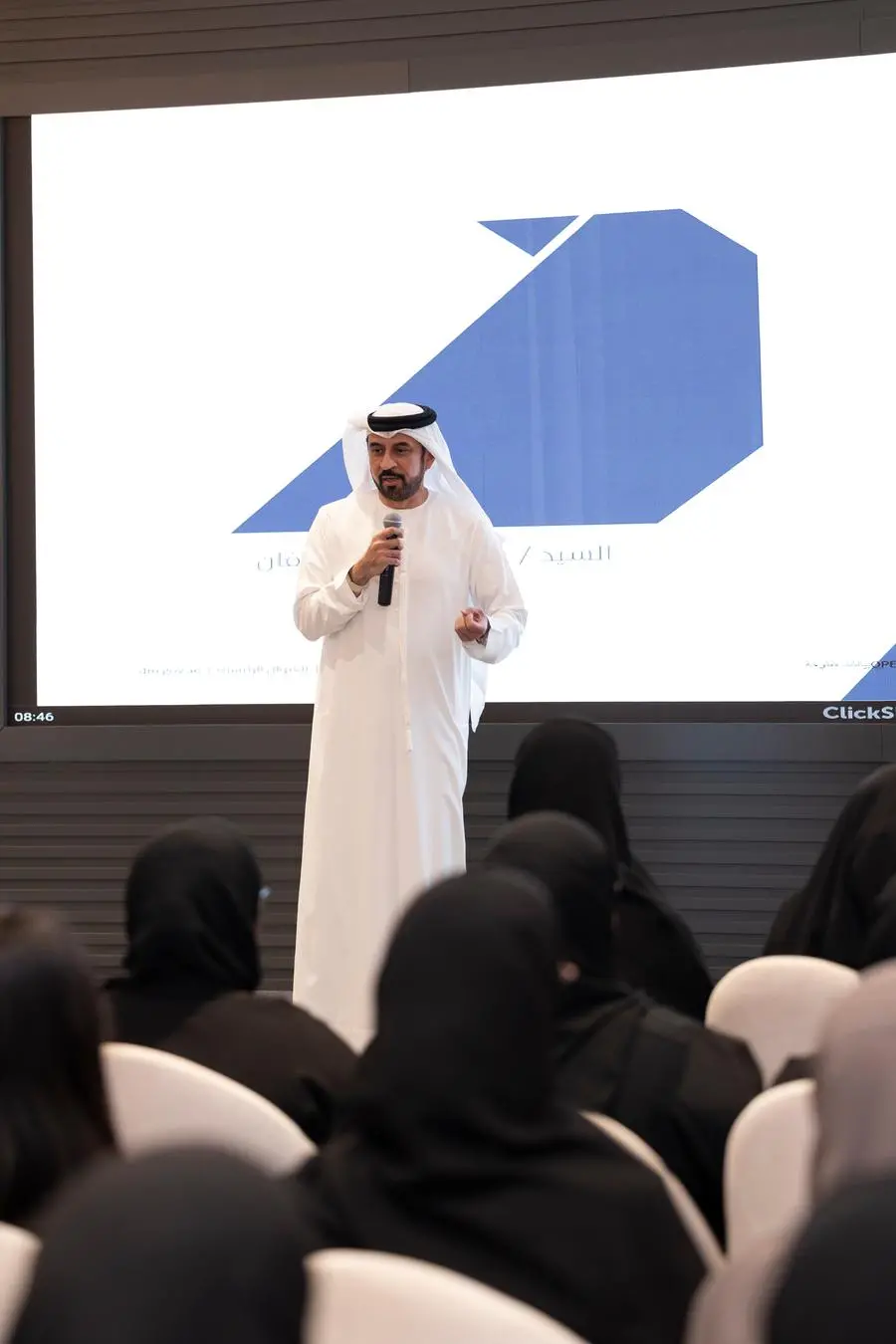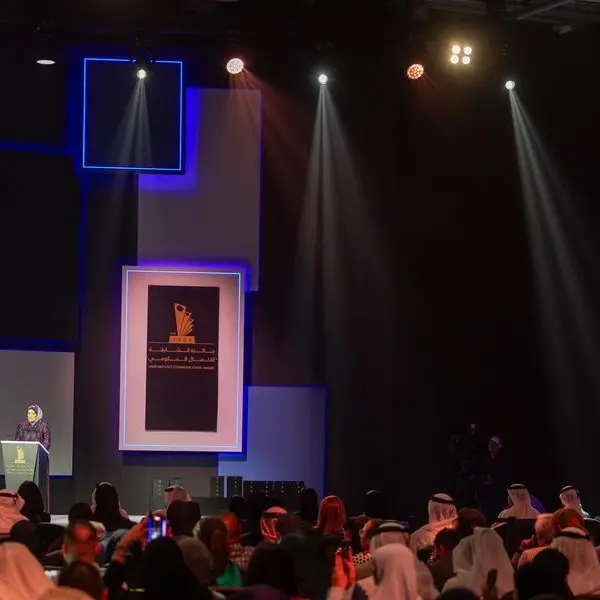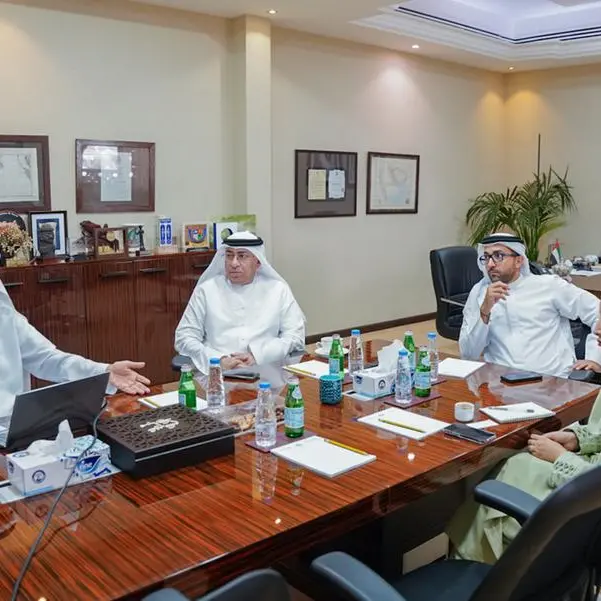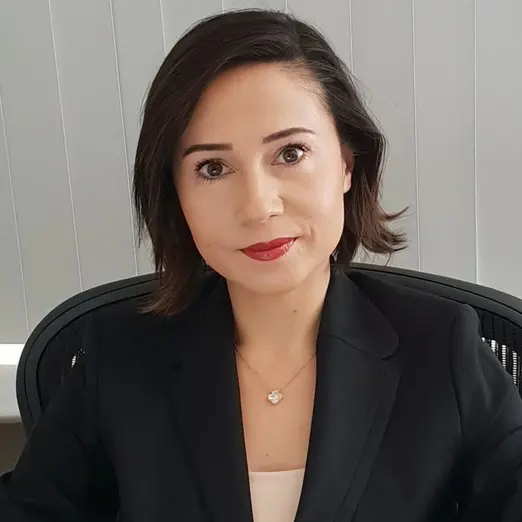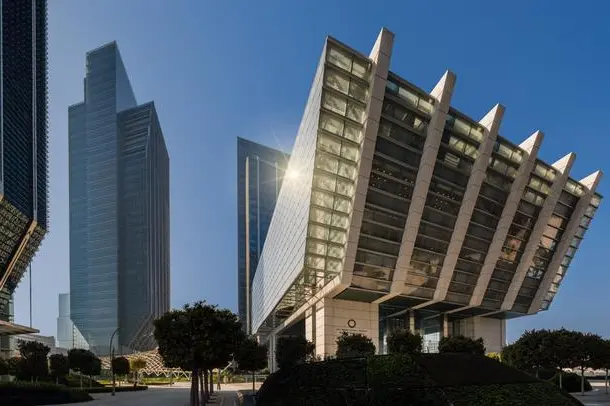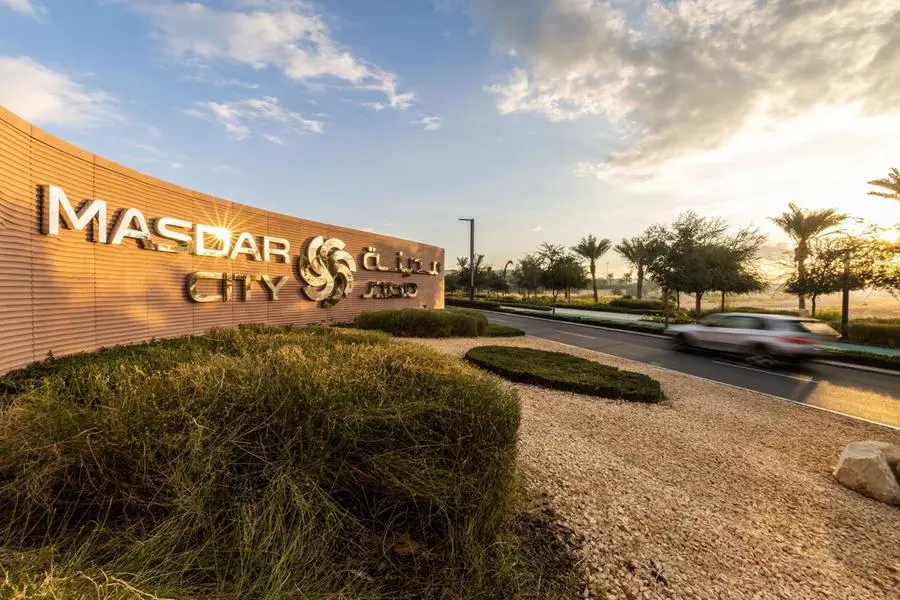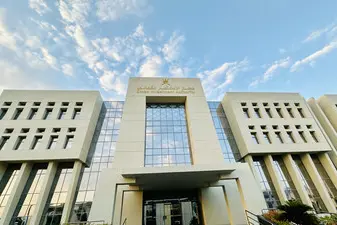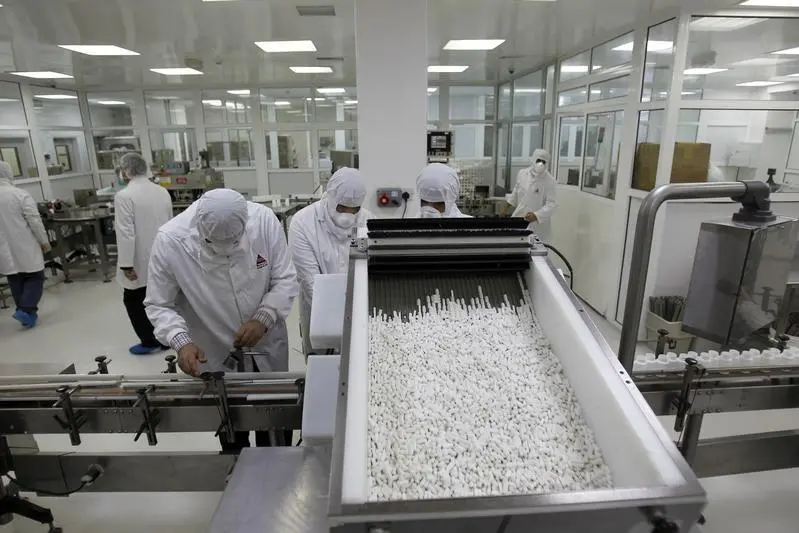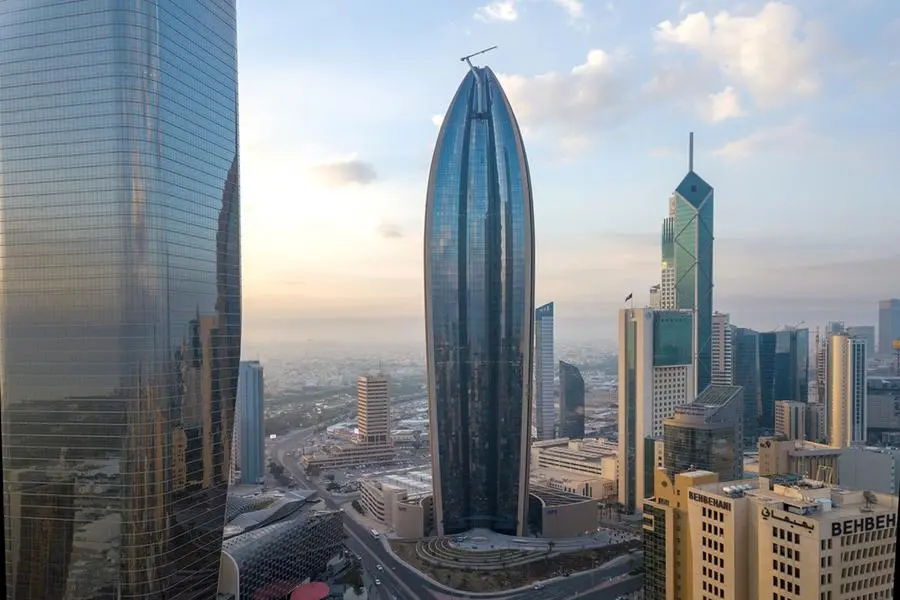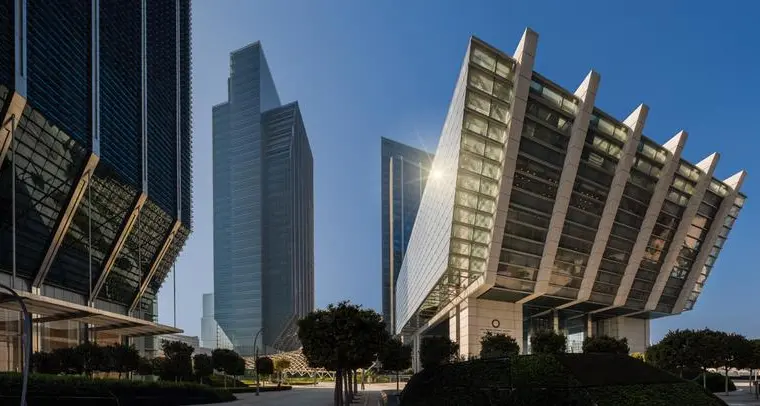JU'AYMAH, July 27, 2005 -- ?The Fire Protection Department has graduated its first class of Saudi Aramco firemen from the Advanced Fire Training Center in Ju'aymah. Elite firefighters, engineers and fire chiefs from several Saudi Aramco Fire Control Units and the Department's Technical Support and Training Division participated in the month-long course. Some of the graduates will remain on the staff of the training center to help with new classes.
The significance of this graduation is that advanced training is now available in-Kingdom. Before the facility opened, advanced fire training was completed in the United States, the United Kingdom or Canada. But now, Saudi Aramco has the newest, largest and most advanced fire training center in the Middle East. "Our vision is to provide state-of-the-art fire training that translates to exceptional knowledge and capabilities in our firefighters," said Saleh A. Al-Qarni, acting manager of the Fire Protection Department. "This Advanced Fire Training Center will allow the Fire Protection Department to maximize the potential of our manpower, thereby enhancing our emergency response services." According to Rick Isaacks, International Program coordinator for Texas A&M University's Emergency Services Training Institute, the facility ranks in the top three fire training centers in the world. Richard (Rick) Setzer, Fire Protection adviser and head of the center, pointed out the versatility of the training center. "This center can generate realistic fire conditions representing every type of fire hazard found on Saudi Aramco properties, with the exception of aviation. We can simulate refinery fires, gas-plant fires, shipboard fires, high-rise fires, residential fires or any number of other fires that a firefighter might be called upon to battle." Pointing out a huge structure that resembles a refinery, Setzer explains that "the Integrated Process Unit or IPC is designed to simulate fires in any type of process unit, onshore or offshore. "What is really special about it is that the equipment you see in the IPC is all real equipment taken from gas plants, refineries and GOSPs [gas oil separation plants]." Walking through the 5,000 square-meter IPC you experience what it is like to be in a real operating plant during an emergency. In another sector of the facility, there stands a mammoth concrete structure resembling a ship. "This is the Integrated Structural Complex or ISC where we train on interior structural firefighting, including shipboard fires," explains Setzer. "In the ISC, firefighters are exposed to a myriad of fires ranging from a residential fire to a hospital fire." The ISC is actually three different structures, each with its own special training features. The residential and light commercial section encompasses three floors and includes a specially designed smoke maze for training firefighters to conduct search and rescue operations - in total darkness. In the eight-story Central Tower firefighters can practice battling fires in high-rise buildings. Inside the ISC is a specially designed room to train firefighters and Marine Department personnel in the special techniques of battling flammable-liquid fires inside a ship's engine room. Craig Shelley, former chief of Special Operations from the world's largest fire department -- New York City, specializes in marine firefighting and is teaching Saudi Aramco personnel the special skills and "attitude" required to battle these difficult infernos. But the center's most impressive aspect is the fires it produces. There are big fires, small fires, fires in different types of structures. "We make the training very realistic," Setzer said. "If the students are attempting to control a fire using the wrong techniques, we can increase the size and intensity of the fire to match what would happen in real life. Similarly, if the students are doing the job right, we can diminish the fires in just the same way a successfully fought fire would react." "Nothing less than Best-in-Class is acceptable when it comes to saving lives and protecting company assets," Al-Qarni said. To those ends, the Fire Protection Department has developed a strategic partnership with Texas A&M University through its Emergency Services Training Institute (ESTI) to provide a curricula for use at the Advanced Fire Training Center. ESTI operates the world's largest fire training facility in College Station, Texas. To date, ESTI has certified 39 Saudi Aramco instructors and is in the process of certifying the AFTC as a fully accredited training center. "There's a lot of intensity with the students here," said Isaacks. "They are among the best, and they understand the responsibility they will be given." The students were enthusiastic. "I like being a firefighter because it's an exciting job," Hamed Al-Rashed said. He went to Canada for nine months of fire and rescue training. "The facilities here are one-of-a-kind. You really want to be one of the people involved with this training center." When asked about fire-fighting in the Saudi Arabian heat, Al-Rashed said, "Yeah, it's hot inside the protective suit, but once you start fighting the fire, nothing else matters." "What I like about this course is it is mostly practical, not simply theoretical," said Salah Al-Jaarah. "We spend about 30 percent of the time in the classroom and then we go out and do realistic exercises 70 percent of the time. That's the right balance. You learn more by doing. This is the place to be trained as a firefighter." "We are looking ahead, and in the future we may consider extending these services to other industries in the Kingdom and the region in hopes that it would positively affect the quality of fire and emergency services for everyone," Al-Qarni said.
-Ends-
© Press Release 2005
